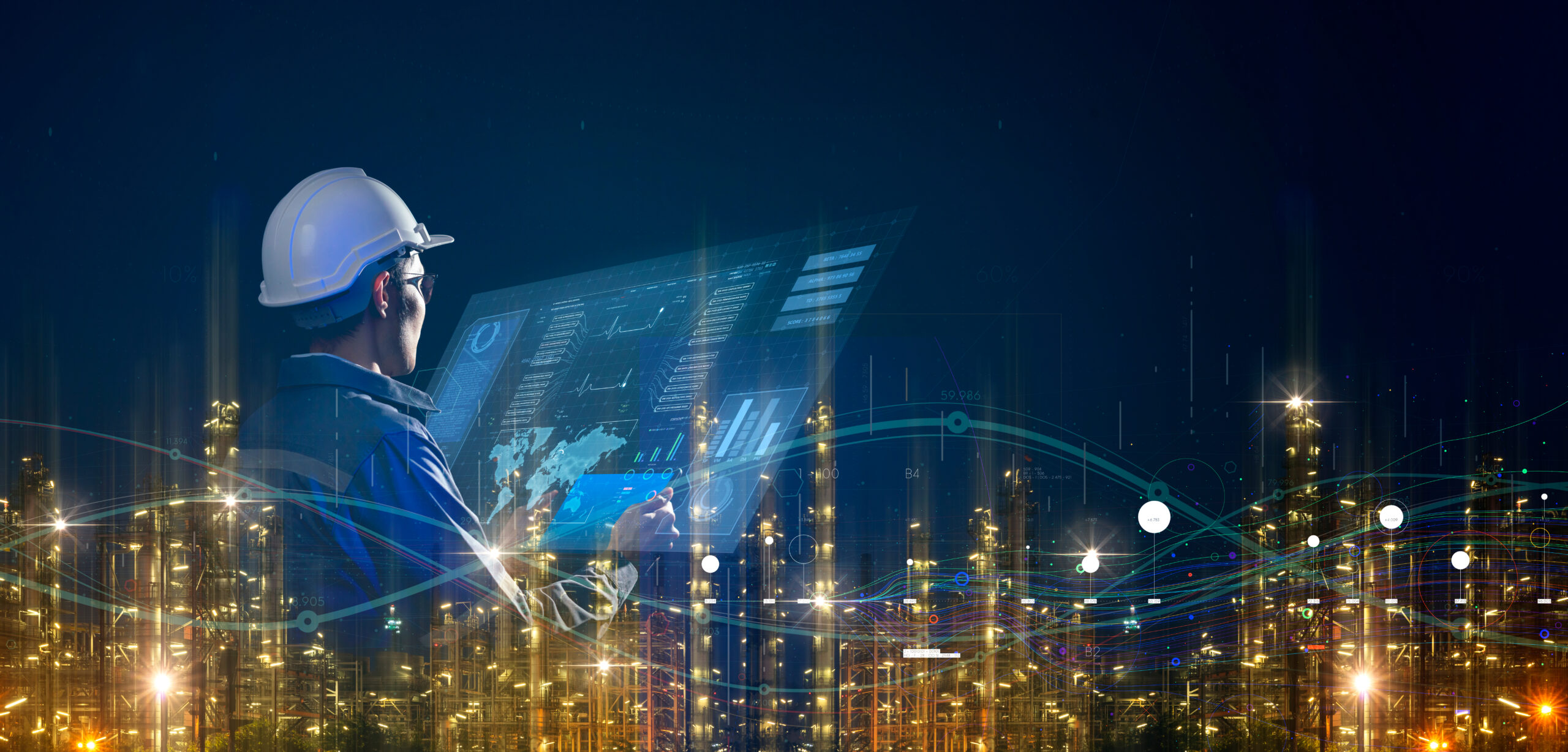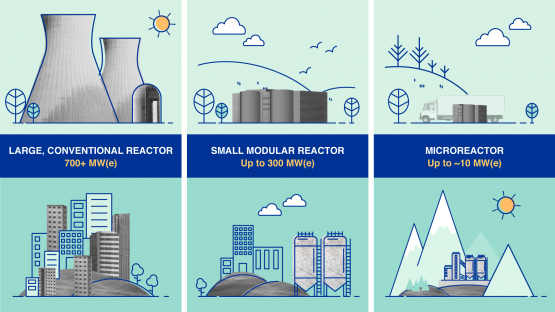
The nuclear energy field has witnessed significant technological developments in recent years, aimed at making the generation of electricity from nuclear power safer, more efficient, and sustainable. New nuclear reactor technologies have emerged, some of which are already available for use while others are expected to be available in the future.
One of the new reactor technologies that are already available is the small modular reactor (SMR). SMRs are small-sized reactors that produce less than 300 MW of electricity, compared to traditional reactors that produce over 1,000 MW. They are designed to be safer, more efficient, and less expensive than conventional nuclear reactors. One example of an SMR is the NuScale Power Module, which has been approved by the US Nuclear Regulatory Commission for commercial use. The NuScale Power Module is a small reactor module that can be combined with other modules to create a larger power plant.

Another new reactor technology that is expected to be available in the future is the molten salt reactor (MSR). MSRs use a liquid fuel made of dissolved nuclear fuel salts instead of solid fuel rods. They operate at high temperatures, allowing for higher thermal efficiency and lower costs. MSRs are also designed to be inherently safer than traditional reactors because they use passive safety features that allow the reactor to cool down without external intervention in case of an emergency. The US Department of Energy is currently funding research and development efforts to bring MSR technology to the market.
Jacopo Buongiorno, a nuclear engineering professor at the Massachusetts Institute of Technology (MIT) explained,
They would be a good combo with renewables, because when the sun doesn’t shine, the wind doesn’t blow, you can have your nuclear reactors that cover the peaks and the valleys. The key question is, at what cost? If the levelized cost of electricity for this system is too high then people will just not buy them, and they might find it even more advantageous to buy big storage… It represents a new way of doing nuclear strongly modeled on how renewables businesses have worked and scaled over the last 10 years. If nuclear learns the lessons from renewables, I think it will be very powerful.
Other advanced reactor technologies currently in development include the high-temperature gas-cooled reactor (HTGR), which uses helium as a coolant and can operate at even higher temperatures than MSRs, and the sodium-cooled fast reactor (SFR), which uses liquid sodium as a coolant and can operate at high temperatures and high power densities. These advanced reactors are expected to provide increased safety, efficiency, and flexibility compared to traditional reactors.
The benefits of these new reactor technologies are numerous. SMRs are smaller and more modular, which means they can be deployed in more locations and provide greater flexibility in meeting electricity demand. They are also designed to be safer and more secure than traditional reactors, with passive safety features that reduce the risk of accidents and make them less vulnerable to sabotage or terrorism.
MSRs and other advanced reactor technologies are designed to be more efficient than traditional reactors, with higher thermal efficiencies and lower costs. They can also use nuclear waste as fuel, reducing the amount of nuclear waste that needs to be stored and decreasing the environmental impact of nuclear energy.
There is a need for these new reactor technologies because the world’s demand for electricity is increasing, and traditional fossil fuels are becoming increasingly scarce and expensive. Nuclear energy is a reliable and low-carbon source of electricity, but traditional reactors have limitations in terms of safety, efficiency, and flexibility. New reactor technologies, such as SMRs and MSRs, offer solutions to these limitations and can help to ensure that nuclear energy continues to play a vital role in meeting the world’s electricity needs.
